Results 1,611 to 1,620 of 12091
Thread: Anandtech News
-
02-23-12, 02:50 AM #1611
Anandtech: T-Mobile Makes 2013 LTE on AWS plans official in Earnings Report
In T-Mobile USA's fourth quarter 2011 earnings report, the magenta-branded carrier made official its plans to deliver LTE in 2013 on its AWS spectrum holdings, which were recently bolstered with more AWS acquired from the failed AT&T merger. In addition, the carrier will continue to deploy HSPA+ WCDMA carriers on its PCS 1900 holdings as part of its spectrum refarming efforts where possible. Some 37,000 cell sites will receive new hardware (likely new software defined radio base stations) that will make possible first HSPA+ improvements, and later the ability to light up LTE carriers when the time is right.
There has been considerable speculation about what T-Mobile's long term LTE plans would be leading up to this announcement, and the news doesn't come as a surprise for a number of reasons. In recent months, T-Mobile has been engaging in a number of practices to further its efforts to refarm PCS 1900 spectrum which it currently fills with GSM carriers. Efforts such as offering its entire "4G" collection of phones for free on contract signal the carrier's intention to get more subscribers on WCDMA, and in other markets with lots of PCS users have already reported seeing WCDMA on 1900 MHz PCS. In addition, the move will enable subscribers with unlocked iPhones in the USA a chance to get off of EDGE and onto 3G WCDMA. The absence of the iPhone is something T-Mobile identifies in their report as a "significant cause of contract deactivations," and more deployments of 1900 MHz WCDMA in conjunction with plans to offer more support for iPhone users are no coincidence.
Lighting up WCDMA carriers on PCS 1900 will also enable T-Mobile to deploy DC-HSPA+ in some markets where it can't already. Dual-band DC-HSPA+ is a 3GPP Rel.9 feature that multiple upcoming basebands will support. It isn't completely clear just how much spectrum T-Mobile will end up with on average for LTE, but 5 MHz FDD in some markets and 10 MHz FDD in others seems like a good bet. As an aside, I would still love to see at least someone run 15 or 20 MHz FDD here in the USA.
The last encouraging and unstated bit of all this is that there's some chance that eventually we'll see some LTE device compatibility between AT&T and T-Mobile, who have both now announced support for LTE on AWS.
Source: T-Mobile Earnings
More...
-
02-23-12, 06:40 AM #1612
Anandtech: Qualcomm Expands its Gobi Brand to include entire MDM portfolio
For a considerable time now, almost everyone has referred to Qualcomm's Gobi solution incorrectly. Put simply, the Gobi brand was something of a victim of both the confusing reality of cellular connectivity, and sloppy tech journalism. I honestly can't count how many times I've seen writers refer incorrectly to Qualcomm modems as Gobi this, or Gobi that, but it's no doubt somewhere in the thousands.
A case in point happened just this last week, when people incorrectly interpreted the Gobi 5th generation announcement as an announcement for MDM9x15. MDM9x15 is actually a part that was announced over a year ago at MWC 2011, and we speculated quite a long time ago that MDM9615 is the obvious choice for future iDevices with LTE. Regardless, I have no doubt that this misconception reaching a new level contributed heavily to Qualcomm's move. Today, Qualcomm is finally fixing the Gobi branding problem with a relatively simple solution - it is expanding Gobi to include all of Qualcomm's modem and MDM portfolio.
Until now, Gobi has actually referred to an API for loading firmware onto a mobile data card to support different air interfaces and wireless carriers, in addition to sporting a blue logo. If you think about it, this is a complicated problem for laptop and tablet vendors to contend with - if you sell a notebook with a WWAN card, without Gobi or a similar API there's no easy way to quickly support multiple air interfaces and carriers. The firmware in this case is Qualcomm's AMSS, or Advanced Mobile Subscriber Software, which itself is just a name for a real-time OS and kernel that runs atop the baseband. You see, outside of some fixed functionality and off-die RF, the baseband really is just a CPU, a big DSP or two, and collection of management tasks that run as software - GPS, GLONASS, talking with the USIM, being compliant with the pages and pages of 3GPP specifications, etc.
A good example is actually Google's Cr48 notebook, which came with a Gobi 2000 series card inside, and readily accessible software that leveraged the Gobi API to load firmware bundles specific to certain carriers, and generic air interfaces. Issuing the "modem_set_carrier" command from shell on the Cr48 loaded firmware using the Gobi API, and as a result you could quickly change between AT&T, Verizon Wireless, and generic profiles for GSM and UMTS/WCDMA. People caught on to this functionality, and this software and functionality is actually Gobi. The particular Gobi 2000 card in the Cr48 had an MDM2000 inside, and Gobi 3000 is based around MDM6x00.
People have played fast and loose with "Gobi" up until now because of a general lack of understanding about how this process works, but the reality is that certain Qualcomm basebands can be Gobi-enabled, and others not. This is why you see Qualcomm making announcements when it adds MDM products to its Gobi-enabled umbrella that actually have already been announced and even shipped. It just means this API is now available for use by vendors making data cards for notebooks and so forth. At the same time, certain supported MDMs are grouped into Gobi series and generations, like Gobi 2000, Gobi 3000, and so on.
Qualcomm's announcement today mitigates the systemic misunderstanding by actually making it official, and distinguishing the old Gobi from the new Gobi with a new orange logo. Put another way, referring to modems as "Gobi" is now correct, because every MDM is now Gobi. The change has the unintended effect of rewarding the ill-researched reporting that started the whole problem in the first place, but then again the details are likely to continue going right over those heads. It's unfortunate that this misconception was perpetuated by the mainstream tech press for so long it became the de-facto meaning, but Qualcomm's solution does mitigate the problem, and expand the popular Gobi brand. In the end, what's in a name - an MDM is an MDM.
Source: Qualcomm
More...
-
02-23-12, 12:20 PM #1613
Anandtech: Understanding TLC NAND
In almost every SSD review we have published, Anand has mentioned how an SSD is the biggest performance upgrade you can make today. Why would anyone use regular hard drives then? There is one big reason: price. SSD prices are still up in the clouds when compared to hard drive prices (especially before the Thailand floods) so for many, SSDs have not been a realistic option. While SSD prices have been dropping for years, if the current rate continues it will still take several more years before a $399 Walmart PC has a reasonable size SSD in it.
Most of the time, SSD production costs are cut by shrinking the die. Shrinking the die is the same as with CPUs: you move to a smaller manufacturing process, e.g. from 34nm to 25nm. In flash memory, this means you can increase the density per die and usually the physical die size is also smaller, meaning more dies from a single wafer. A die shrink is an effective way to lower costs but moving from one process to another takes time and the first batches of the new flash aren't necessarily cheaper. Once the new process has matured and supply has met demand, prices start to fall.
Since die shrinks are a relatively slow way to lower SSD prices and only contribute to steady reduction of prices, anyone looking to push higher capacity SSDs into the mainstream will need something more. Right now, that "something more" is called Triple Level Cell flash, commonly abbreviated as TLC. Read on for our full analysis on TLC, including performance and endurance expectations, as well as detailed explanations of why MLC and TLC degrade quicker than SLC!
More...
-
02-23-12, 03:10 PM #1614
Anandtech: Nvidia Announces LTE Partnership with Renesas Mobile and GCT Semiconductor
Nvidia's announcement today is a bit interesting, as it seems to head-off one of the most commonly perpetuated rumors that I read online in the SoC space. Namely, that certain SoCs are "incompatible" with LTE. In an attempt to stave-off this misconception from taking root with Tegra 3, Nvidia today is announcing a next-gen pact with LTE baseband suppliers Renesas and GCT Semiconductor.
Both Renesas and GCT Semiconductor have UE Category 3 LTE basebands of their own. GCT Semiconductor has its GDM7240 which supports FDD-LTE and has integrated RF, and Renesas has their own TDD/FDD-LTE baseband which also supports DC-HSPA+ and GPS. The extent of this pact I fully expect that Tegra 3 will have no problem integrating with other popular LTE basebands from the usual suspects in that space as well, given their implied compatiblity with these parts.
Source: Nvidia Blog, GCT, Renesas
More...
-
02-23-12, 11:10 PM #1615
Anandtech: Seasonic Platinum Series 860W - Platinum without the Fuss
In a short time we've seen quite a few companies come out with their first 80 Plus Platinum power supplies. A couple weeks ago we reviewed the Enermax Platimax with 750W, which was a good PSU even though our testing showed slightly less than the advertised efficiency. Enermax also has a 500W Platimax unit, and there are several other brands launching or ready to launch 80 Plus Platinum offerings. Today we'll look at another sample, this time in the form of Seasonic's Platinum Series 860W.
One thing that all of the 80 Plus Platinum models have in common is that they are very expensive. Something else to consider is that there are only a limited number of companies that actually manufacture PSUs, building various models according to the specifications their partners request. Seasonic is one such company, and we can expect other brands to use variations of the Seasonic Platinum Series we're reviewing today. The 860W model we're looking at includes two different modes for controlling the fan speed, a fullly modular connector system, and DC-to-DC converters for two of the smaller output voltages. This sounds like another market leader; let's see how it fares under test and whether it can surpass Enermax's competing offerings.
More...
-
02-24-12, 04:51 PM #1616
Anandtech: Google Updates Chrome for Android to 16.0.912.77
Google appears to be taking to an aggressive update schedule with Chrome for Android, today releasing a small Beta 1.1 update to the browser. Among the changes are Android Beam support for Chrome, support for additional countries, some system prerequisite checks to ensure requirements for Chrome are met (which might be responsible for breaking compatibility with some custom ROMs), and bug fixes. For the full changelog and known issues, see the source link to the Chrome Releases Blog.
The update bumps Chrome for Android to 16.0.912.77, up from the initial release version of 16.0.912.75. The core version of WebKit stays the same, at 535.7, but V8 takes a minor bump to 3.6.6.20. Thankfully this is all easy to obtain now straight from the About tab on Chrome. The update also doesn't change Chrome for Android's HTML5 score, which is still 343 and 10 bonus points, nor does it change performance in SunSpider 0.9.1 or BrowserMark.
One of the problems with the Android stock browser in the past was that delivering updates to the browser required a full update of the entire OS. Decoupling the browser from the core OS will continue to let Google rapidly improve the browser experience on Android.
Gallery: Updated Chrome for Android





Source: Chrome Releases Blog
More...
-
02-25-12, 04:50 AM #1617
Anandtech: LaCie 2big Thunderbolt Series Review
We've been covering Thunderbolt storage ever since the first Promise Pegasus hit our labs last summer. Since then we've noticed a common theme: Thunderbolt storage is very expensive. Prices haven't come down much at all, although LaCie has helped fill in the gaps left by Promise's $1000 and up Pegasus line. I honestly wouldn't expect prices on Thunderbolt storage to drop until the second half of the year when cheaper Thunderbolt controllers (Cactus Ridge) are available. Ivy Bridge is supposed to bring Thunderbolt to PCs, which should obviously broaden the install base and hopefully push vendors to come out with more affordable solutions.
Thunderbolt is extremely important, particularly to the notebook-as-a-desktop usage model. Although SSDs have given notebook users desktop-like internal storage, external storage has often been painfully slow. The move to USB 3.0 helped address this, but thus far Apple hasn't adopted USB 3.0 in its machines. I suspect Apple will deliver USB 3.0 when it moves to Ivy Bridge in the coming months, but until then your options are limited if you've got a Mac. The fastest USB 2.0 devices are only good for around 40MB/s and FireWire 800 can deliver about twice that. If you need high speed external storage on a modern (2011+) Mac, your best option is Thunderbolt.
Thunderbolt's peak performance is very good. In our review of the Promise Pegasus R6 we measured 8Gbps of sustained data transfers from a four disk SSD array while driving a 27-inch panel, all over a single Thunderbolt cable.When it comes to storage, there's significant headroom in the interface. I don't believe Thunderbolt is quite fast enough to interface with a good high-end GPU, but it looks like we'll have to wait until at least 2014 to see that change.
LaCie's first foray into the Thunderbolt storage space came with the Little Big Disk. A hefty aluminum enclosure with two 2.5" hard drives (or SSDs) in a software RAID-0, the Little Big Disk hit price points as low as $399. If you need capacity however, you were left with Promise as your only option. Until now.
Read on for our review of LaCie's 2big Thunderbolt series drive.
More...
-
02-25-12, 01:50 PM #1618
Anandtech: ADATA Releases Three SSDs - Maximizing The Capacity of SandForce Drives
ADATA has released three new SSD lineups: XPG SX900, Premier Pro SP900, and Premier SP800. XPG is ADATA's high-end brand aimed at gamers and enthusiasts and SX900 is the first SSD entry to XPG family. ADATA also uses the Premier brand in their other products and it's mainly used with middle-class products.
SX900 and SP900 are both fairly normal SF-2281 based drives. ADATA's product positioning is very similar to OCZ's: SX900 is equivalent to Vertex 3 and SP900 is ADATA's Agility 3. SX900 comes with synchronous NAND (see Anand's explanation), which provides increased random read and write performance (see our Vertex 3 and Agility 3 comparison in SSD Bench). We are looking at 550MB/s read and 520-530MB/s write, which is typical for SF-2281 based SSDs.Specifications of ADATA's New SSDs Model XPG SX900 Premier Pro SP900 Premier SP800 Controller SandForce SF-2281 SandForce SF-2281 SandForce SF-1222 (?) NAND MLC Synchronous MLC Asynchronous MLC Synchronous (?) Interface SATA 6Gb/s SATA 6Gb/s SATA 3Gb/s Maximum Sequential Read 550MB/s 550MB/s 280MB/s Maximum Sequential Write 530MB/s 520MB/s 260MB/s Maximum 4KB Random Write 85K IOPS 85K IOPS 44K IOPS Capacities (GB) 64, 128, 256, 512 64, 128, 256 32, 64
SP800 is ADATA's budget drive: It offers small capacities and most likely an older SATA 3Gb/s SF-1222 controller. Even though its capacities are small, it's still able to squeeze everything out of the controller, providing speeds similar to higher capacity OCZ Vertex 2 drives for instance.
The interesting thing about ADATA's new SSDs is the fact that they offer ~7% more capacity than other SandForce based SSDs. Generally, SandForce based SSDs use ~7% of the NAND for over-provisioning and usually manufacturers don't mention that NAND in the total capacity. This means your 120GB SandForce drive actually has 128GB of NAND in it. However, SandForce has recently released a new firmware that allows manufacturers to modify the over-provisioning percentage and ADATA is taking advantage of that.
The new firmware allows over-provisioning of as low as 0%, which means a 128GB SandForce drive finally has 128GB of usable capacity (before formatting, of course). 0% over-provisioning introduces some potential problems, though. SandForce drives have no DRAM cache so the over-provisioned NAND has worked as a cache. Without any over-provisioning, performance may take a hit because wear leveling and garbage collection may not work optimally. Fortunately, there is still some extra capacity left thanks to translation between gigabytes and gibibytes. (The SSD Review has a more detailed explanation on this).
Unfortunately, ADATA has not revealed pricing so comparing their offerings with other products is hard. In the end, SandForce SSDs are all very similar in features and performance, hence price is a crucial factor. ADATA may not be the most well-known SSD brand, but they've been around as a memory manufacturer for a very long time and they've been gaining momentum lately in the SSD world. For example, NewEgg is selling ADATA SSDs and the reviews are there are fine (yes, I know—take Newegg reviews with a generous helping of salt!), although the drives are nowhere as popular as e.g. OCZ and Crucial drives are.
Perhaps the biggest question that still looms is whether or not the BSOD issues with SF-2200 controllers is really fixed. ADATA hasn't been the first out of the gate with firmware updates for the SandForce SSDs, and we've had experience with at least one SSD running the latest firmware where we still get the STOP 0x000000F4 error, but another drive from the same manufacturer running the same firmware doesn't have problems. We'd like to say that we're out of the woods with regards to SF-2281 BSODs, but unfortunately we're not quite there yet.
More...
-
02-25-12, 02:10 PM #1619
Anandtech: MSI Big Bang-XPower II X79 Review – A World of Novelty Heatsinks
The cream of the MSI enthusiast range is the Big Bang series – in P55 we got the Trinergy and the Fuzion, for X58 we were treated to the XPower, in P67 there was the Marshal, and now with X79 MSI has graced us with the XPower II in the loosely defined XL-ATX form factor. Due to the increased size of the board (in length), the consumer is treated to seven PCIe slots, running at x16/x8/x8/x8 in full quad-GPU mode. This is also alongside some novelty heatsink design in the shape of a Gatling gun for the VRMs and rounds in an open magazine for the chipset. MSI even try and pull a sneaky one in the BIOS settings for better default performance depending on which BIOS you use. Read on for the full review!
More...
-
02-26-12, 08:50 AM #1620
Anandtech: Hands on With LG's Optimus 4X HD
We just spent some time with LG's Optimus 4X HD, one of the first NVIDIA Tegra 3 based smartphones. The device features a 4.7-inch IPS 1280 x 720 display and an NVIDIA Tegra 3 (AP33) SoC that can run at up to 1.5GHz. The 4X HD runs Ice Cream Sandwich, presently at version 4.0.3. LG's own skin runs on top of the OS, which is the case with the rest of LG's Android devices as well.
LG still has a lot of software tuning to do on the phone so any performance data we'd share would be premature at this point. LG and NVIDIA have customized the ICS CPU utilization visualization to include support for Tegra 3's battery saver (aka companion) core. When the battery saver core is active, there's only a single CPU utilization indicator present and it turns red instead of the default green:
When the other cores are enabled you get four individual CPU usage readings instead.
Expect to see some more information on Tegra 3 enabled smartphones this week while we're at MWC.
Gallery: Hands on With LG's Optimus 4X HD
More...
Thread Information
Users Browsing this Thread
There are currently 16 users browsing this thread. (0 members and 16 guests)






 Quote
Quote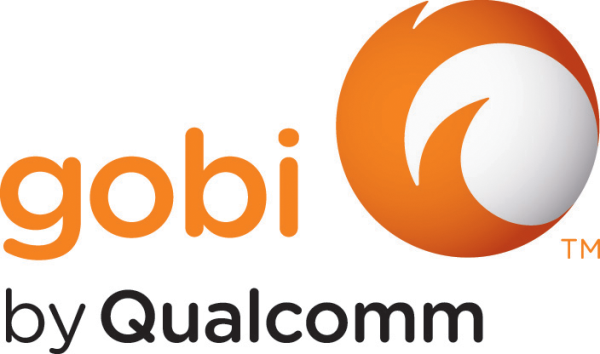
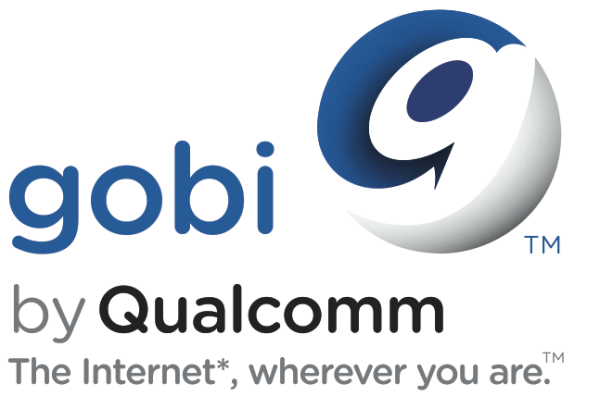
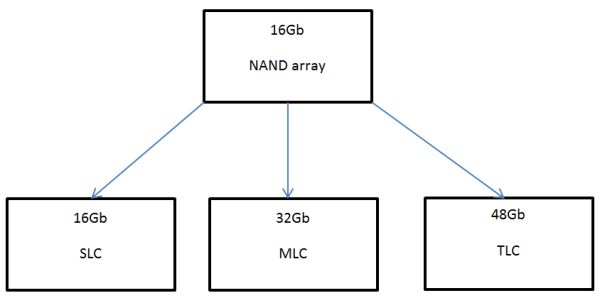
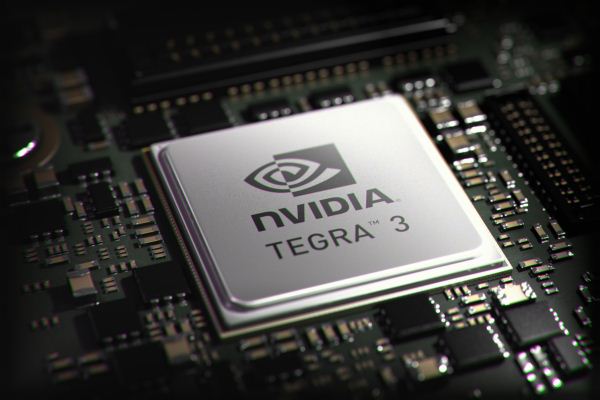
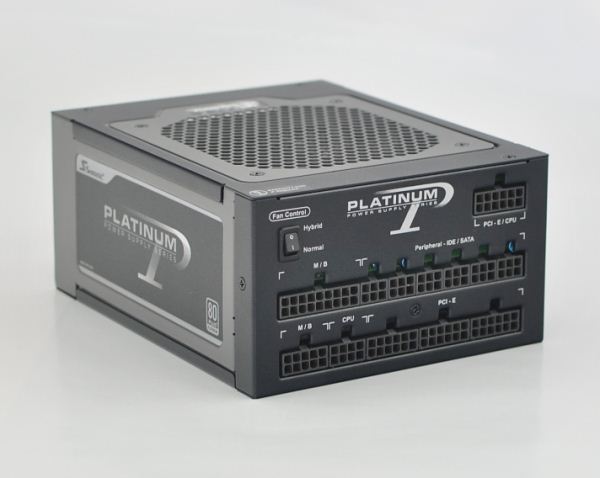
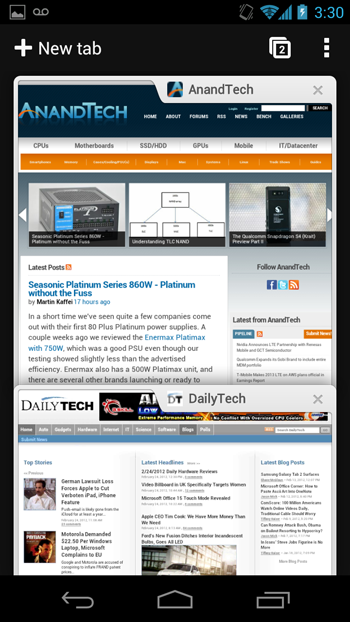

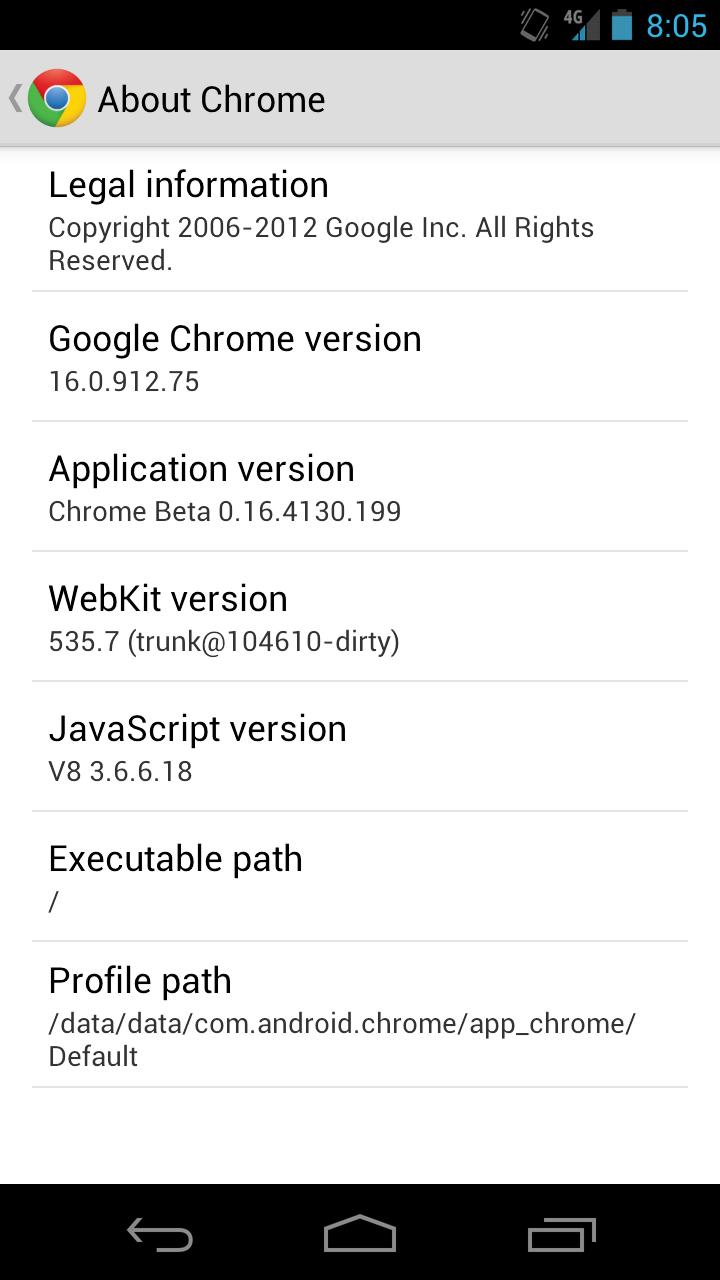
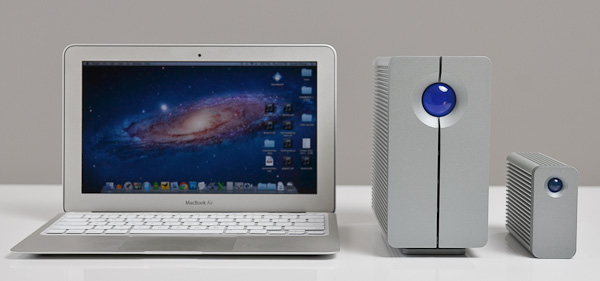
.jpg)

























Bookmarks